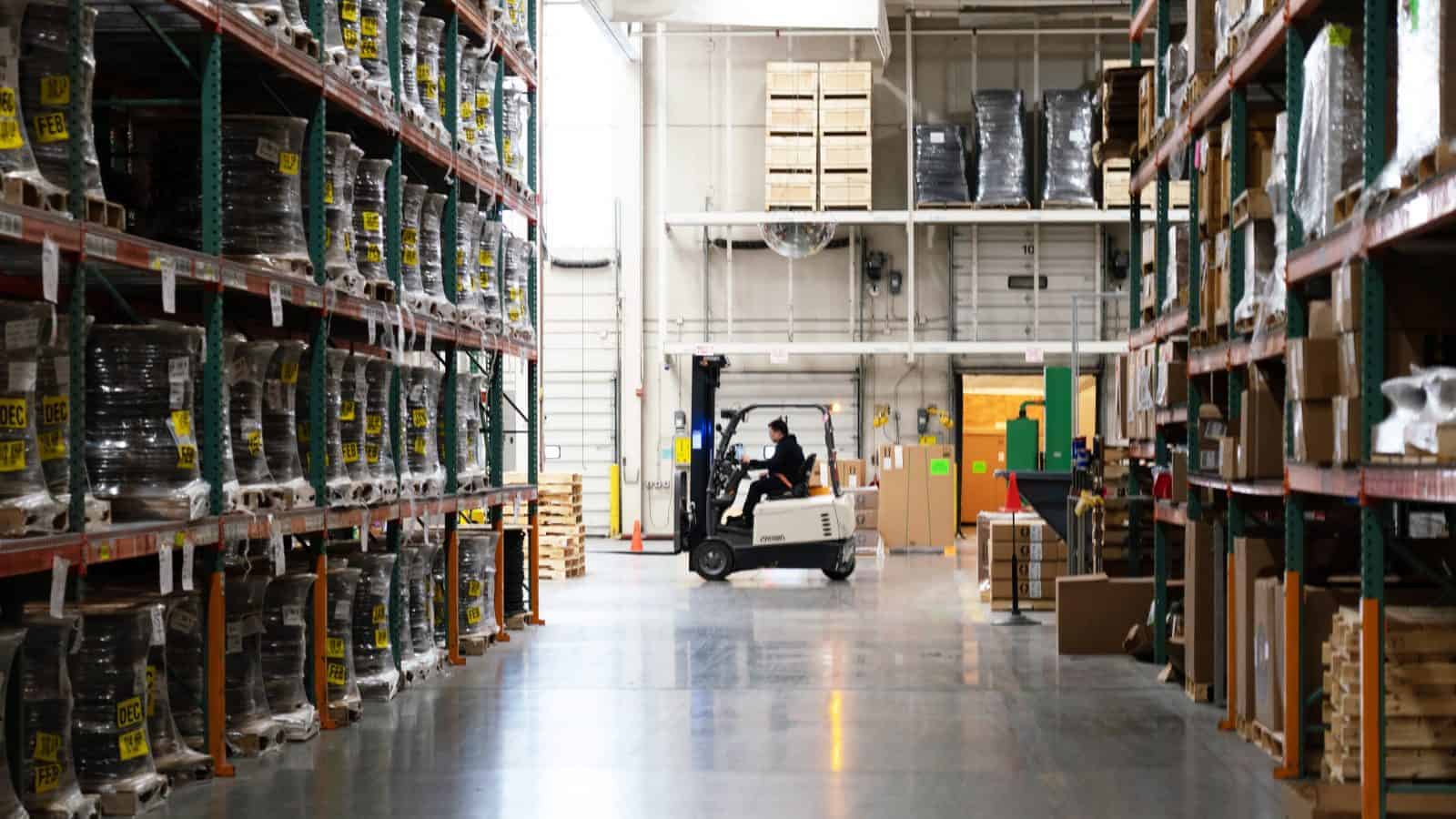Timmons Opening Statement to U.S. Senate Committee on Finance Hearing on Made in America: Effect of the U.S. Tax Code on Domestic Manufacturing
Washington, D.C. – National Association of Manufacturers President and CEO Jay Timmons delivered the following opening statement at a U.S. Senate Committee on Finance hearing entitled Made in America: Effect of the U.S. Tax Code on Domestic Manufacturing.
Click here to watch the hearing.
Remarks as prepared for delivery:
Good morning. Thank you, Mr. Chairman.
I’m joining you virtually because of the pandemic that this country has endured for more than a year now. But this pandemic is far more than a story of economic hardship and painful loss. It’s also a story of communities and companies rising to the challenge.
America’s manufacturing workers mobilized in ways reminiscent of their resolve during World War II, when manufacturers became the arsenal of democracy. The companies joining me today are part of this effort. Ford remade shop floors to make ventilators and face shields. Intel accelerated access to technology to combat the pandemic. From iconic global brands to family-owned shops, manufacturers answered the call.
Today, one year after health restrictions began, the light at the end of the tunnel is growing brighter by the second—thanks to the innovation of pharmaceutical manufacturers. Their heroic work, combined with the previous administration’s Operation Warp Speed and this Congress and this administration’s focus on and investment in vaccine distribution, is now saving about 2 million American lives every single day.
Manufacturing workers’ achievements are all the more impressive when you consider the disruptions they had to overcome. This pandemic exposed and exacerbated serious supply chain issues that we now must address as we work to build the next post-pandemic world.
In spring 2020, the National Association of Manufacturers released our plan for strengthening manufacturing supply chains. I’ve discussed it directly with some of you.
Our goal is your goal: Ensuring that the next dollar invested in manufacturing is invested in America.
The plan is comprehensive, from taxes to workforce. The central premise is that incentives—not punitive measures—will allow us to achieve our shared goal.
Let me call out three key recommendations.
Number one: We must recognize the importance of predictability and stability in the tax code. Tax reform made manufacturers more competitive, driving historic job creation, wage growth and productivity in its immediate aftermath. Let’s not undo that progress.
Number two: Manufacturers in America can only remain at the cutting edge if our tax code supports innovation. Unfortunately, it will do just the opposite starting next year.
A looming change to the tax treatment of research costs will make it more expensive to perform R&D—potentially costing America its innovation edge.
Number three: Let’s recognize a simple truth—policies that are successful in growing manufacturing will require significant capital expenditures by the small and medium-sized firms that are the backbone of our domestic supply chain.
But two other looming changes to the tax code will make those expenditures difficult. More stringent limitations on interest deductions and the phase out of immediate expensing will take effect in the years ahead. If not reversed, these changes will make it hard to grow manufacturing.
Ultimately, ensuring that next manufacturing dollar is invested right here in America requires looking at the entire business climate.
And that means that this Congress will have to address other pressing questions.
Will tax rates for businesses of all sizes remain competitive—or better yet, become more competitive—so that we can keep attracting investment?
Will the regulatory system provide certainty and clarity?
Will health care become more affordable—without compromising free market principles?
Will this nation finally make the bold investments in infrastructure that are long overdue?
Will energy be abundant, affordable and reliable?
Will export opportunities increase while we enforce our existing trade agreements to protect American workers?
And will we achieve comprehensive immigration reform to ensure that those hidden in the shadows or brought here as children can become permanent, productive members of society?
If the answer to those questions is “yes,” if we tackle these fundamental issues, then I’m certain that this Next World that we are building in the aftermath of the pandemic will be built by American workers in American factories, restoring American leadership in the world.
Thank you, and I look forward to your questions.
-NAM-
The National Association of Manufacturers is the largest manufacturing association in the United States, representing small and large manufacturers in every industrial sector and in all 50 states. Manufacturing employs more than 12.3 million men and women, contributes $2.32 trillion to the U.S. economy annually and has the largest economic multiplier of any major sector and accounts for 63% of private-sector research and development. The NAM is the powerful voice of the manufacturing community and the leading advocate for a policy agenda that helps manufacturers compete in the global economy and create jobs across the United States. For more information about the NAM or to follow us on Twitter and Facebook, please visit www.nam.org.
